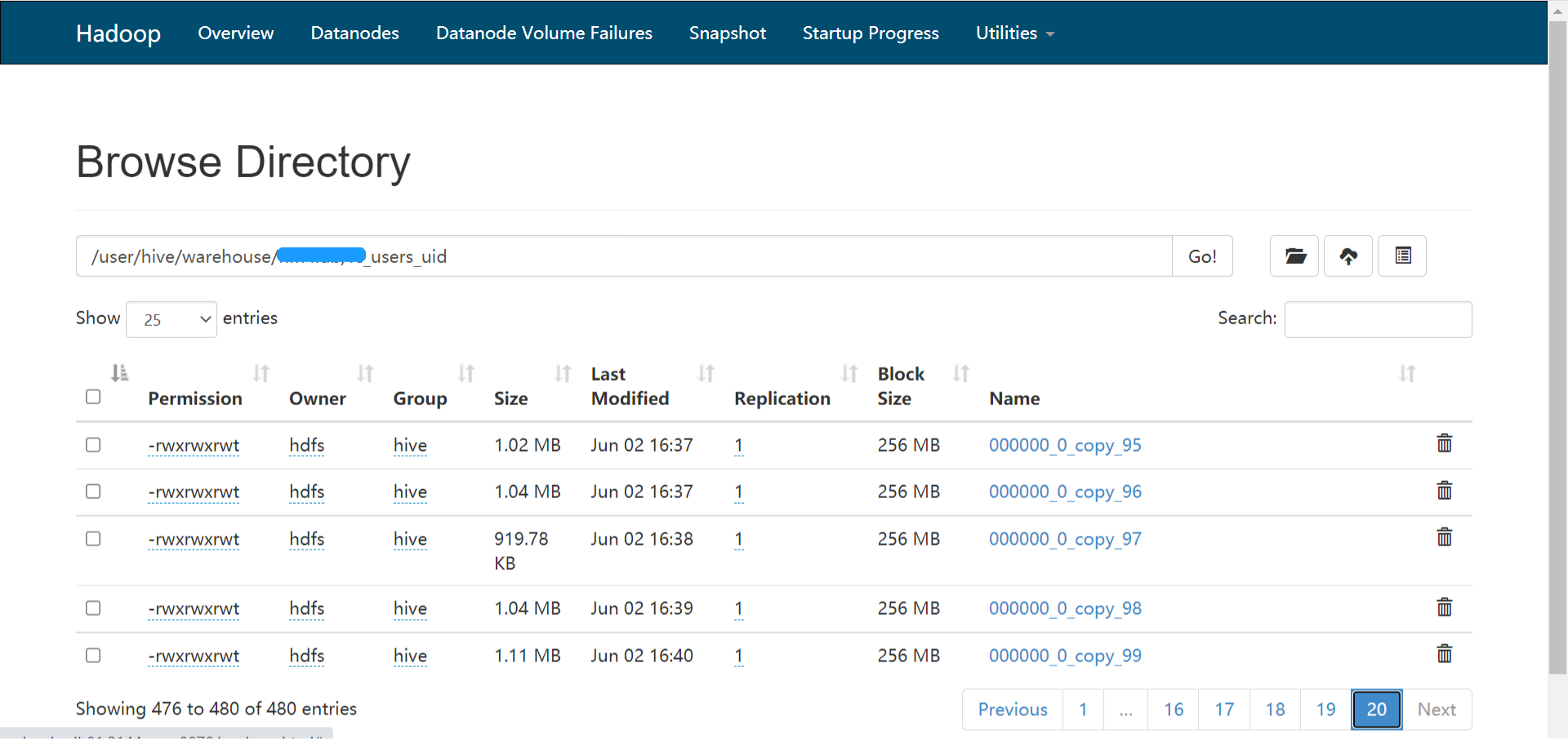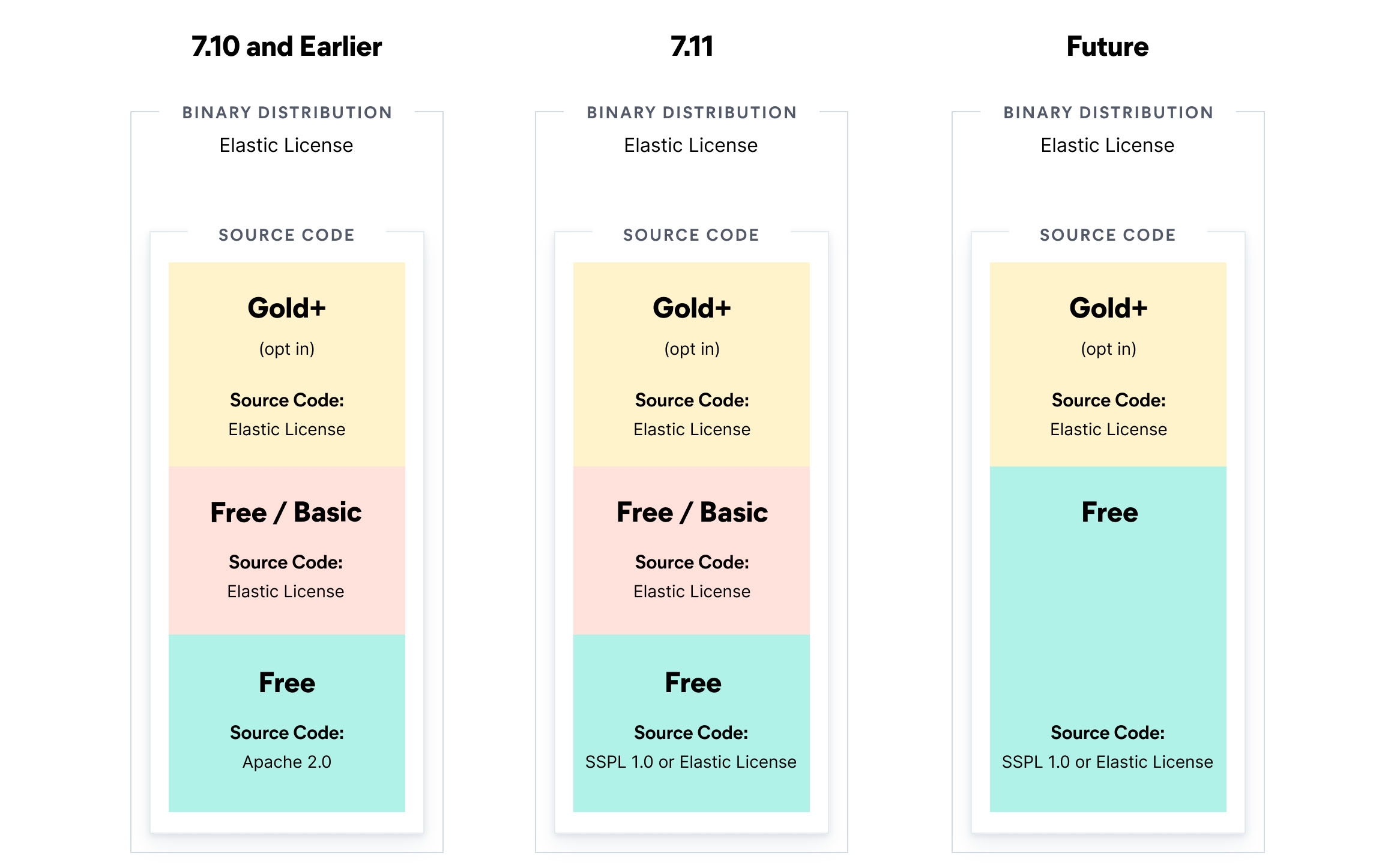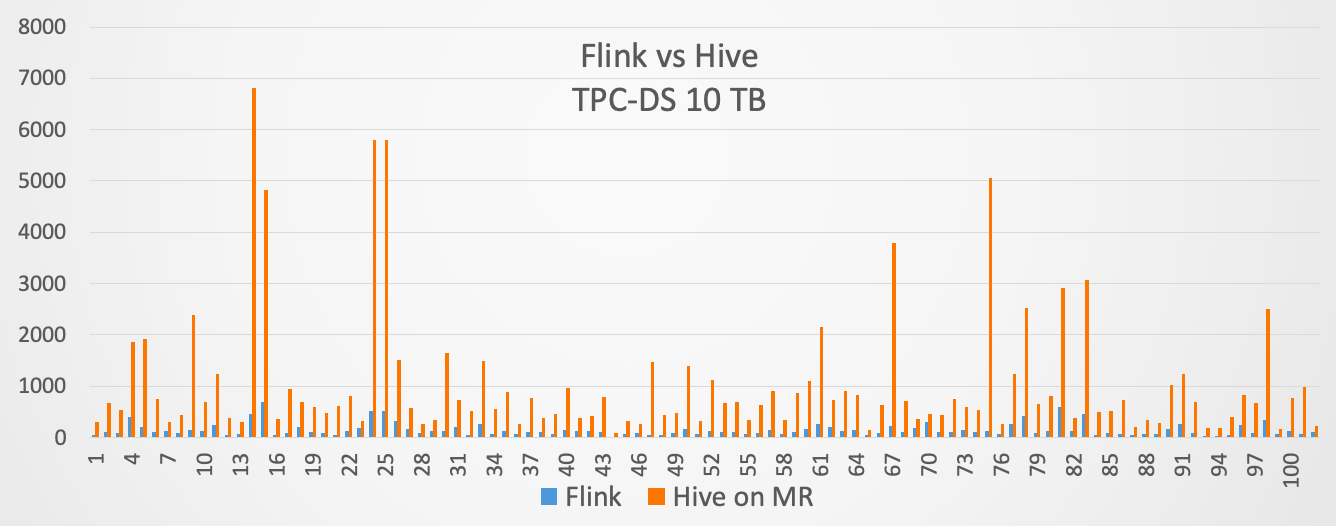本文将介绍如何通过Hive来读取ElasticSearch中的数据,然后我们可以像操作其他正常Hive表一样,使用Hive来直接操作ElasticSearch中的数据,将极大的方便开发人员。本文使用的各组件版本分别为 Hive0.12、Hadoop-2.2.0、ElasticSearch 2.3.4。
我们先来看看ElasticSearch中相关表的mapping:
{
"user": {
"properties": {
"regtime": {
"index": "not_analyzed",
"type": "string"
},
"uid": {
"type": "integer"
},
"mobile": {
"index": "not_analyzed",
"type": "string"
},
"username": {
"index": "not_analyzed",
"type": "string"
}
}
}
}
ElasticSearch中的index名为iteblog,type为user;user有regtime、uid、mobile以及username四个属性。现在我们在Hive端进行操作。
要让Hive能够操作ElasticSearch中的数据我们需要对Hive进行一些设置。值得高兴的是,ElasticSearch官方为我们提供了一些类库可以实现这些要求。我们需要引入相应的elasticsearch-hadoop-xxx.jar包,因为我们得ElasticSearch版本是2.x的,所以我们最少需要使用ES-Hadoop 2.2.x,本文使用的是elasticsearch-hadoop-2.3.4.jar,这个可以到Maven中央仓库下载。要让Hive能够加载elasticsearch-hadoop-2.3.4.jar文件有好几种方式:
1、直接通过add命令加载,如下:
hive > ADD JAR /home/iteblog/elasticsearch-hadoop-2.3.4.jar; Added [/home/iteblog/elasticsearch-hadoop-2.3.4.jar] to class path Added resources: [/home/iteblog/elasticsearch-hadoop-2.3.4.jar]
2、我们还可以在启动Hive的时候进行设置,如下:
$ bin/hive --auxpath=/home/iteblog/elasticsearch-hadoop-2.3.4.jar
3、我们还可以通过设置hive.aux.jars.path属性来实现:
$ bin/hive -hiveconf hive.aux.jars.path=/home/iteblog/elasticsearch-hadoop-2.3.4.jar
或者我们把这个设置直接写到hive-site.xml中,以便后面方便:
<property> <name>hive.aux.jars.path</name> <value>/home/iteblog/elasticsearch-hadoop-2.3.4.jar</value> <description>A comma separated list (with no spaces) of the jar files</description> </property>
大家可以根据自己实际情况选择设置。设置好ElasticSearch相关类库之后,我们就可以到Hive中创建表了。为了方便,我们直接将Hive中各个字段以及类型设置成和ElasticSearch中一样:
hive (iteblog)> create EXTERNAL table `user`(
> regtime string,
> uid int,
> mobile string,
> username string
> )
> STORED BY 'org.elasticsearch.hadoop.hive.EsStorageHandler'
> TBLPROPERTIES('es.resource' = 'iteblog/user', 'es.nodes'='www.iteblog.com', 'es.port'='9200', 'es.nodes.wan.only'='true');
到这里,我们已经已经可以在Hive里面查询ElasticSearch中的数据了:
hive (iteblog)> select * from `user` limit 10; OK 2016-10-24 13:08:16 1 13112121212 Tom 2016-10-24 14:08:16 2 13112121212 Join 2016-10-25 14:23:16 3 13112121212 iteblog 2016-10-25 13:08:16 4 NULL weixin 2016-10-25 19:08:16 5 13112121212 bbs 2016-10-25 13:14:04 6 NULL zhangshan 2016-10-25 13:08:16 7 13112121212 wangwu 2016-10-25 14:56:16 8 13112121212 Joan 2016-10-25 15:25:16 9 13112121212 White 2016-10-25 17:24:16 0 NULL lihhh Time taken: 0.072 seconds, Fetched: 10 row(s)
如上所述,我们已经成功通过Hive查询到ElasticSearch中的数据了。如果你在通过Hive查询ElasticSearch中的数据遇到如下异常:
Failed with exception java.io.IOException:org.elasticsearch.hadoop.EsHadoopIllegalArgumentException: Cannot detect ES version - typically this happens if the network/Elasticsearch cluster is not accessible or when targeting a WAN/Cloud instance without the proper setting 'es.nodes.wan.only'
这个很可能是因为你配置错了 es.nodes 或者 es.port 属性了。
在上面的例子中,我们为了方便将Hive中的字段设置成和ElasticSearch中一样;但实际情况下,我们可能无法将Hive中的字段和ElasticSearch保持一致,这时候我们需要在创建Hive表的时候做一些设置,否则将会出现错误。我们可以通过 es.mapping.names 参数实现,如下:
hive (iteblog)> create EXTERNAL table `user`(
> register_time string,
> user_id int,
> mobile string,
> username string
> )
> STORED BY 'org.elasticsearch.hadoop.hive.EsStorageHandler'
> TBLPROPERTIES('es.resource' = 'iteblog/user', 'es.nodes'='www.iteblog.com', 'es.port'='9200', 'es.nodes.wan.only'='true','es.mapping.names'='register_time:regtime,user_id:uid');
然后我们就可以将Hive中的 register_time 映射到ElasticSearch中的 regtime 字段; user_id 映射到ElasticSearch中的 uid 字段。
在创建Hive表的时候,我们还可以通过制定 es.query 来限制需要查询的数据,如下:
hive (iteblog)> create EXTERNAL table `user`(
> regtime string,
> uid int,
> mobile string,
> username string
> )
> STORED BY 'org.elasticsearch.hadoop.hive.EsStorageHandler'
> TBLPROPERTIES('es.resource' = 'iteblog/user', 'es.nodes'='www.iteblog.com', 'es.port'='9200', 'es.nodes.wan.only'='true','es.query' = '?q=uid:2');
上面的查询仅返回uid为2的数据(关于查询条件设置可以参见《23种非常有用的ElasticSearch查询例子(1)》),然后我们可以看效果:
hive (iteblog)> select * from `user` limit 10; OK 2016-10-24 14:08:16 2 13112121212 Join Time taken: 0.023 seconds, Fetched: 1 row(s)
我们可以看到,uid为2的数据才返回了,其他的数据被过滤了。
在一些需要启动MapReduce任务来完成的SQL,Hive启动的Map个数和ElasticSearch中的分片个数一致,也就是每个分片使用一个Map任务来处理。
本博客文章除特别声明,全部都是原创!原创文章版权归过往记忆大数据(过往记忆)所有,未经许可不得转载。
本文链接: 【使用Hive读取ElasticSearch中的数据】(https://www.iteblog.com/archives/1857.html)










